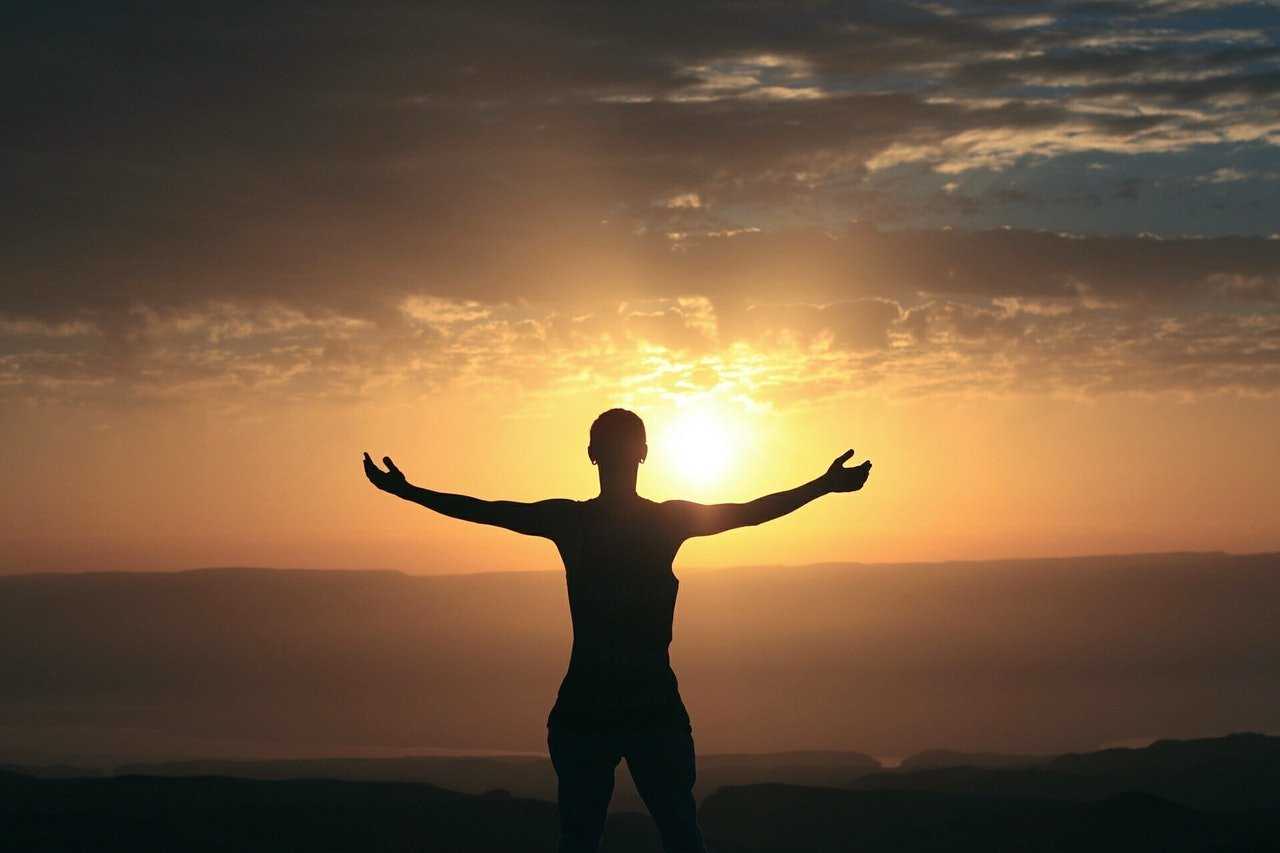BY: TRISHA CURLING
Attitudes towards mental health issues are finally changing in our communities. The stigma attached is being released and we are now becoming more empathetic and beginning to understand that conditions like addiction, anxiety, and depression are not a sign of weakness. These and other issues like these may be a result of some sort of trauma that has occurred and needs to be looked after, just like any physical ailment would. They are real and affect more people than our communities would like to admit.
Suffering in silence is no longer an option. Speaking out and allowing space for vulnerability will allow the healing process to begin. Yoga as a means of dealing with mental health issues is and should be part of the conversation.
Being that yoga is a practice that addresses our mind, spirit, and body, it is a wonderful place to start with and/or couple with therapy or treatment.
While practicing, there are many opportunities to be silent in both breath and postures.
Focusing on the breath and sitting in silence can help us to truly face the feelings we are experiencing. It also allows us to create some space between us and our challenges. The emphasis of focusing on our breath can allow us that “space” or “break” from our thoughts, especially if our thoughts are consumed with pain, hurt, and/or sadness. This may be interpreted as avoidance, but it is, in fact, creating an ability to rewire our thought process in the brain. We are actively creating new pathways in which our nervous system will respond.
Our thoughts have a direct influence on our physical body, as deep as our cells. This influence can create our moods and everyday experience with ourselves and the world around us. The energy of focusing on our challenges breeds more challenges. So why not take that “break”? Why not shift our focus, even if it is just within the context of a 1-hour yoga class? These practices are the beginning of creating an understanding that we have the ability to feel like this more often.
The focus on the physical asana is also a powerful tool in which to utilize to shift our focus. As we move our bodies on our mats, we are in constant focus of “when to breath”, “where to place the feet or the hands”, “when to strengthen”, “when to soften”. We are building both physical and mental strength. We are releasing endorphins into the body which helps to elevate our mood. As we get stronger in our practice, so does our resolve to heal and feel good, therefore we return to the mat more often. With an increased ability to do more physically, we build the confidence to handle more off the mat and in other areas of our lives. We may also begin to seek out other activities we enjoy that have nothing to do with yoga at all. This too keeps the mood elevated.
Challenges do not disappear. We may also continue to face whatever mental illness we are dealing with, but with constant effort to practice our bouts of depression may become fewer and further between. Keep the dialogue open. Continue with vulnerability. Continue to practice yoga.

